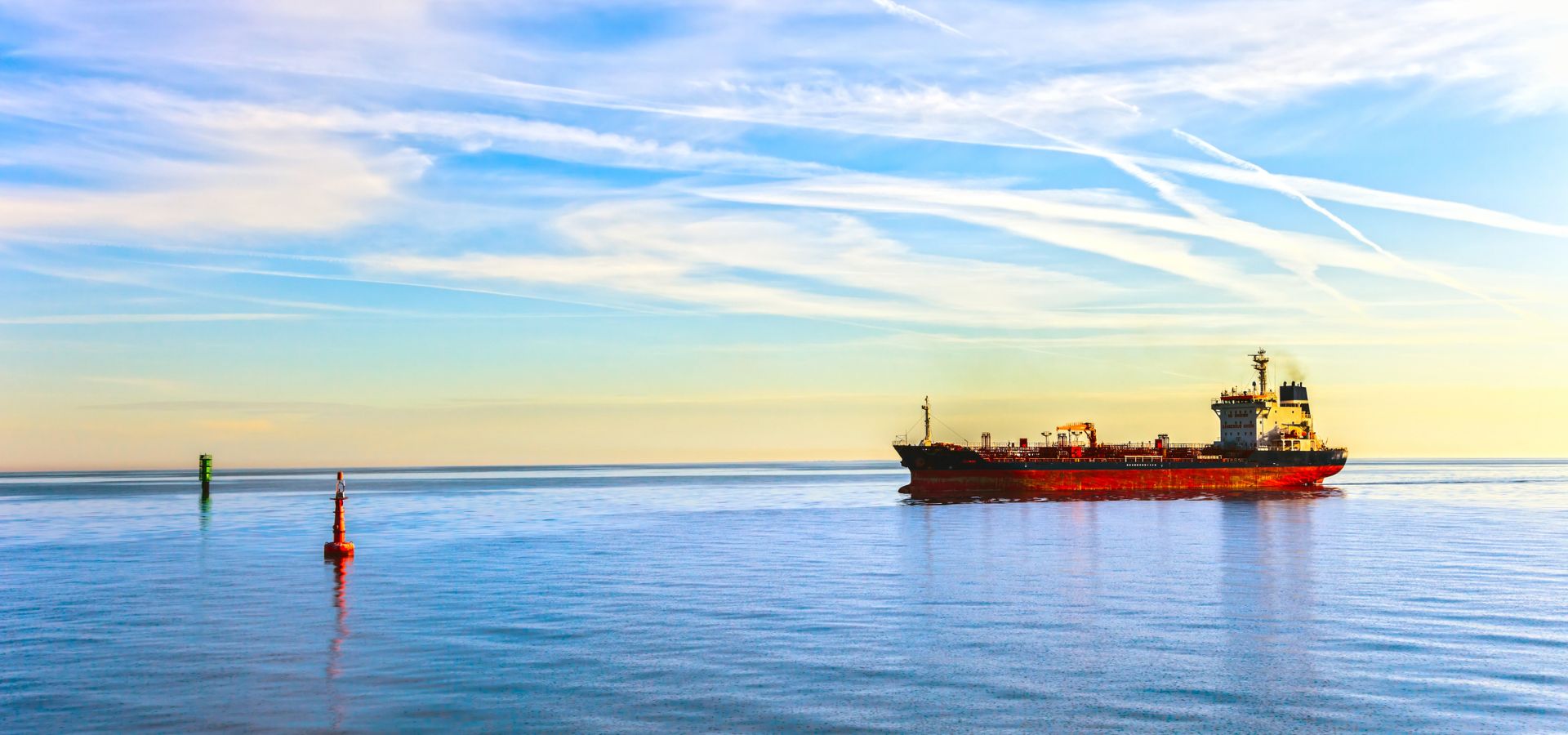
The Evolution of Marine Fuel Alternatives
As the global maritime industry sails toward decarbonization, one of the most critical questions is: What powers the ships of the future?
The evolution of marine fuel alternatives is no longer a distant conversation—it’s a strategic reality. Driven by environmental regulation, climate commitments, and the pursuit of efficiency, the shipping industry is undergoing a transformation in what fuels its fleets. From traditional heavy fuel oil to cutting-edge zero-emission options, the world of marine propulsion is rapidly diversifying.
A Brief History: From Fossil Foundations to Cleaner Choices
For most of the 20th century, shipping relied heavily on heavy fuel oil (HFO) and marine diesel oil (MDO)—low-cost, high-energy fuels that powered the global economy but came with significant environmental costs:
High sulfur content
Significant greenhouse gas emissions
Airborne pollutants like particulate matter and NOₓ/SOₓ
Until recently, alternatives were few and far between. But with rising regulatory pressure—particularly the IMO 2020 sulfur cap and decarbonization targets for 2030 and 2050—the need for cleaner marine fuel alternatives has accelerated.
The Fuel Transition Spectrum: What’s Powering the Change
1. Low Sulfur Fuel Oil (LSFO)
Transitional solution post-IMO 2020.
Pros:
Compatible with existing engines
Low sulfur emissions
Cons:
Still fossil-based
Limited long-term decarbonization value
2. Liquefied Natural Gas (LNG)
Currently the most widely adopted alternative fuel in commercial shipping.
Pros:
20–25% CO₂ reduction
Virtually eliminates SOₓ and particulate emissions
Available infrastructure in many major ports
Cons:
Still emits methane (a potent GHG)
Viewed as a transition fuel rather than final solution
AVIN INTERNATIONAL LTD, for example, has invested in LNG-ready dual-fuel vessels, ensuring flexibility and reduced emissions in the near term.
3. Biofuels
Derived from waste oils, algae, or biomass.
Pros:
Drop-in compatibility with existing engines
Can be carbon-neutral depending on source
Cons:
Limited scalability
Sustainability concerns around land use and feedstock sourcing
AVIN has conducted biofuel trials on select voyages as part of its emissions reduction roadmap.
4. Methanol
Fast-emerging as a viable low-carbon fuel.
Pros:
Liquid at ambient conditions (easy to handle)
Lower CO₂ and virtually no SOₓ/NOₓ emissions
Compatible with retrofitting of current engines
Cons:
Mostly fossil-based today
Renewable methanol (e-methanol) still in early development
AVIN’s fleet modernization includes methanol-ready designs to accommodate future availability.
5. Ammonia
Touted as a zero-carbon fuel with great long-range potential.
Pros:
No CO₂ emissions when burned
High energy density
Significant industry interest for deep-sea vessels
Cons:
Toxicity and safety challenges
Engine and bunkering infrastructure still developing
Energy-intensive production unless sourced green
Ammonia is a key target fuel for 2030s deployment in AVIN’s long-term fuel strategy.
6. Hydrogen
A true zero-emission fuel when produced via electrolysis using renewables.
Pros:
No CO₂, NOₓ, or SOₓ emissions
Fuel cells offer quiet, efficient propulsion
Cons:
Very low energy density by volume
Requires cryogenic storage or high-pressure tanks
Limited infrastructure and high production cost
More suitable for short-sea and auxiliary propulsion in early stages.
Alternative Fuels and Regulation: Driving the Transition
The push for marine fuel alternatives is reinforced by global and regional policies:
IMO GHG Strategy: Reduce carbon intensity by 40% by 2030, net-zero by 2050
EU FuelEU Maritime: Mandates progressive GHG reductions from 2025 onward
EU ETS (2024): Puts a price on CO₂ emissions in European waters
CII/EEXI (2023): Incentivizes operational efficiency tied to fuel use
Companies like AVIN INTERNATIONAL LTD are aligning fuel decisions with this regulatory landscape, ensuring long-term compliance and market advantage.
Infrastructure and Challenges
Despite the rise of alternatives, several challenges remain:
Infrastructure gaps for bunkering ammonia, hydrogen, and methanol
Uncertainty around global fuel pricing and availability
Long investment cycles in vessels (~20–25 years lifespan)
Technology standardization and crew training needs
That’s why fuel flexibility is essential. AVIN’s fleet is designed for multi-fuel capability, allowing adaptation as technology and markets evolve.
The Future: Toward a Zero-Carbon Fuel Mix
By the mid-2030s, the industry is expected to operate on a diverse mix of fuels, tailored by route, vessel type, and region:
Green methanol and ammonia for long-haul routes
Biofuels for short-sea and existing fleets
Hydrogen/fuel cells for ferries, support vessels, and port use
Continued development of synthetic e-fuels (produced with captured CO₂ and green electricity)
Conclusion: Innovation, Choice, and Adaptability
The evolution of marine fuel alternatives is not a single leap—it’s a continuous progression of technological, regulatory, and strategic choices. Companies like AVIN INTERNATIONAL LTD are navigating this complex landscape with agility, investing in flexible vessel designs, fuel trials, and smart systems that support low- and zero-emission shipping.
The sea is vast, but the destination is clear:
A cleaner, smarter, and more sustainable future for global maritime transport.
